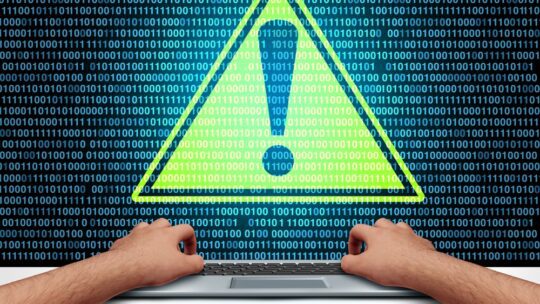
In the last few days, major platforms relying on AWS experienced widespread outages, leaving users locked out, brands scrambling internally and support teams overloaded with frustration they didn’t create but are expected to fix. What happened was bigger than a technical disruption: it was a trust disruption. And when your company becomes news, your reputation—not your infrastructure—determines how fast you recover.
The hard truth? Most companies prepare for technical recovery. Very few prepare for reputational recovery. Servers can be rebooted, but customer sentiment, investor confidence and brand perception require a different playbook.
Phase 1: The First 30 Minutes—Own the Narrative, Don’t Chase It
Silence is not neutrality; it creates a vacuum filled with speculation, screenshots and public frustration. First, you must acknowledge the impact before all the facts are known.
What to do immediately:
- Publish a holding statement that emphasizes the impact on users rather than using technical jargon.
- Use simple language. For example, releasing “We know this is affecting your business and your trust in us,” is much more effective than “We’re experiencing degraded performance.”
- Designate a visible and credible spokesperson instead of relying on a faceless status page. People trust individuals, not automated updates.
What not to do:
- Do not publicly blame your third-party provider. While it may be tempting to shift responsibility in the moment, customers are not concerned with whose logo is on the server; they only care about your reliability.
Phase 2: The First 3 Hours—Communicate with Tiered Transparency
Different audiences require tailored information. Sending a generic “We’re working on it” update to everyone is neither strategic communication nor helpful.
Internal
- Arm your employees with a unified internal brief. If your people learn about updates from social media or the news before they hear anything from leadership, their confidence will quickly erode.
Customer-Facing Teams
- Give your support and account teams a short, approved language kit or script. This kit should include what they can say and what they shouldn’t promise. In a crisis, improvisation creates liability.
Investors & Partners
- If you’re operating at scale, outages prompt immediate questions about risk management. A message to key stakeholders that acknowledges the impact and reaffirms operational resilience helps protect valuation and maintain long-term trust.
Phase 3: Post-Restoration—Don’t Rush Back to “Normal”
Don’t act as if nothing occurred once the system is back online.
What strong companies do after an outage:
- Release a follow-up announcement that emphasizes accountability and proactive measures. Something like “Here’s what we’re doing to ensure this doesn’t happen again” can be a reputational reset button.
- Close the loop publicly. Customers will remember who followed up, not just who apologized first.
- Use this as an opportunity to highlight your culture of transparency and resilience. That narrative will resonate more than your initial apology.
What This Moment Reveals About Your Brand
Service interruptions occur. Infrastructure can fail. The clarity of a brand's communication influences public response during these challenging times.
The companies that will emerge stronger from an outage are not necessarily those with the fastest recovery times. Instead, they are the ones who communicated with empathy rather than technical jargon, provided clarity instead of adding to the confusion and valued trust as an asset worth protecting in real-time.
My Take, After Years in Reputation and Crisis Work
Many organizations believe they have a crisis plan in place, but they often have a technical escalation chart that hasn’t been communicated to the communications team. Effective reputational preparedness involves:
- Pre-approved crisis language to ensure a quick initial response.
- Training for executive spokespersons aimed at building credibility during uncertain situations.
- A cross-functional rapid communications protocol that includes legal, engineering, support and communications teams, ensuring that messaging is swift, aligned and empathetic.
If your brand found itself on the defensive this week, you’re not alone. But this can be an opportunity to establish a proactive reputation infrastructure that activates before your name starts trending.
If you want to lead with clarity the next time a situation arises, rather than scrambling behind a status page, it’s time to incorporate communication resilience into your crisis management strategy.
Julianna Jacobson is SVP, Marketing Communications, at Hot Paper Lantern.
